The Oakland Zoo welcomed back visitors this week for the first time since mid-March, when it was forced to close due to COVID-19 restrictions.
Oakland Zoo Reopens — and Apparently Some of the Animals Even Missed Us
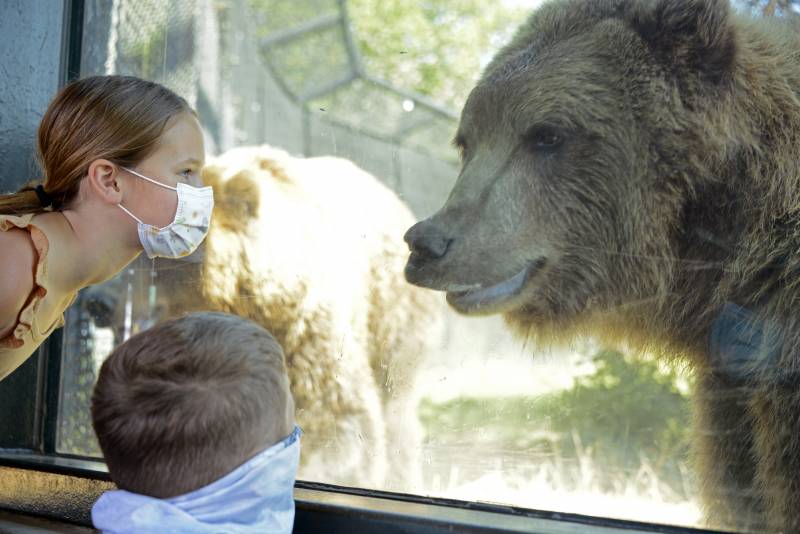
On Wednesday, just weeks after announcing it was facing the threat of permanent closure, the zoo reopened its doors to the general public, resuming a seven-day-a-week schedule, with significantly reduced attendance, strict safety requirements and no access to indoor exhibits or most concessions and rides. Visitors can now buy tickets online in advance for a specific time window, with daily attendance capped at 2,500 people — about a third of normal summer capacity.
And as they did Wednesday, tickets are expected to continue selling out quickly through the remainder of the summer, with throngs of eager quarantine-fatigued kids and adults chomping at the bit to see their favorite creatures.
“It's been a lonely place at the zoo without any people there,” said Erin Harrison, a zoo spokeswoman. “And animals like our giraffes and our primates and our otters and our grizzly bears, they like seeing people, it's enriching for them. We're just really excited to finally be able to reopen and welcome people back and give people a safe place to enjoy themselves at."
To capture the moment, KQED sent photographer Stephanie Lister to the zoo for the grand reopening.
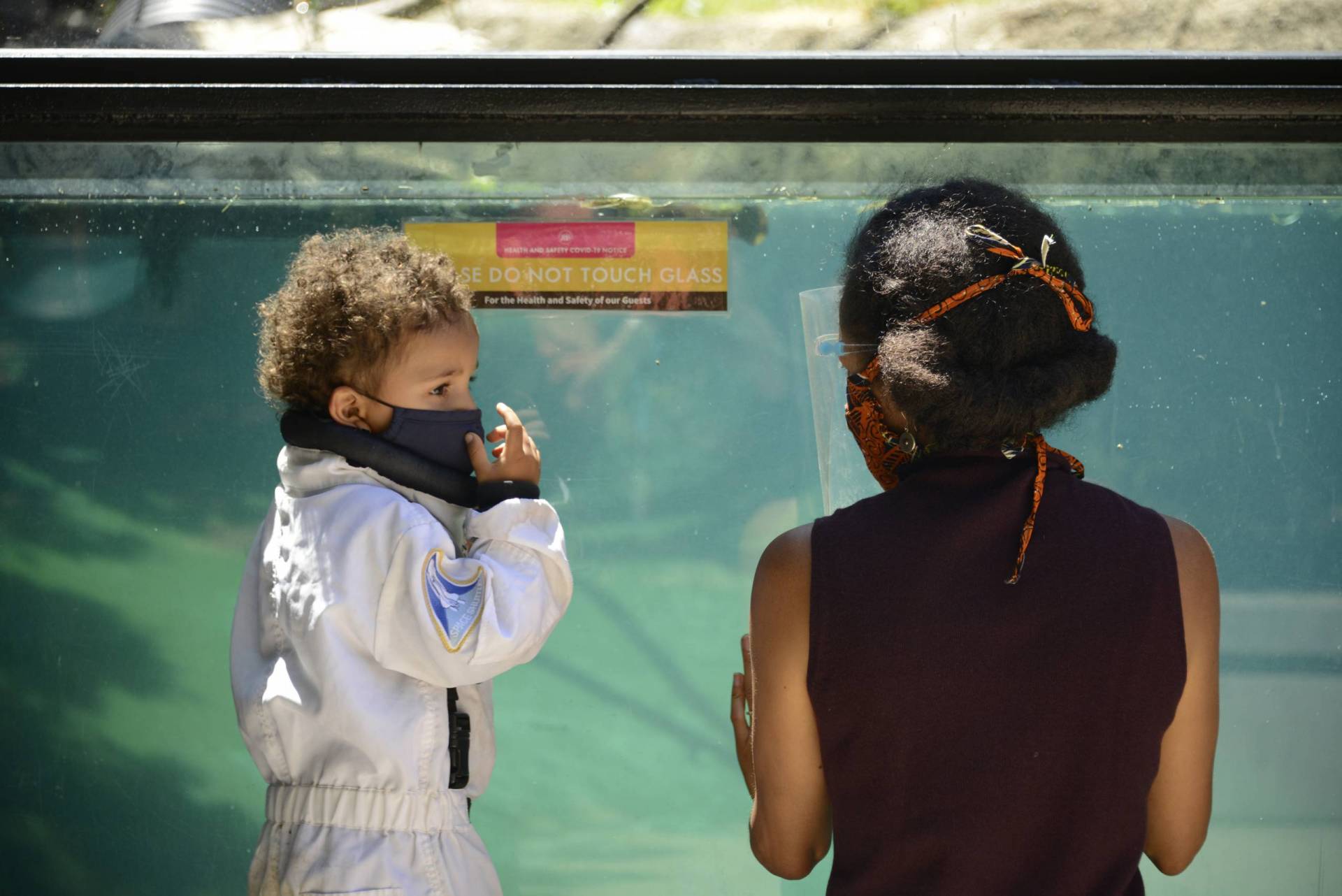
Rita Graham, from Alameda, didn't hesitate to bring her 2-year-old son Asher to opening day at the zoo, which she said felt safe because everything is outside.
“It’s a really important educational experience to have a little kid sit down and watch gibbons for 15 minutes,” Graham said. “It’s wonderful, especially considering kids haven’t had very many educational opportunities or to speak to one another; to see one another. This is probably the greatest number of kids he’s seen in one place in months. It’s important to see other human beings and animals.”
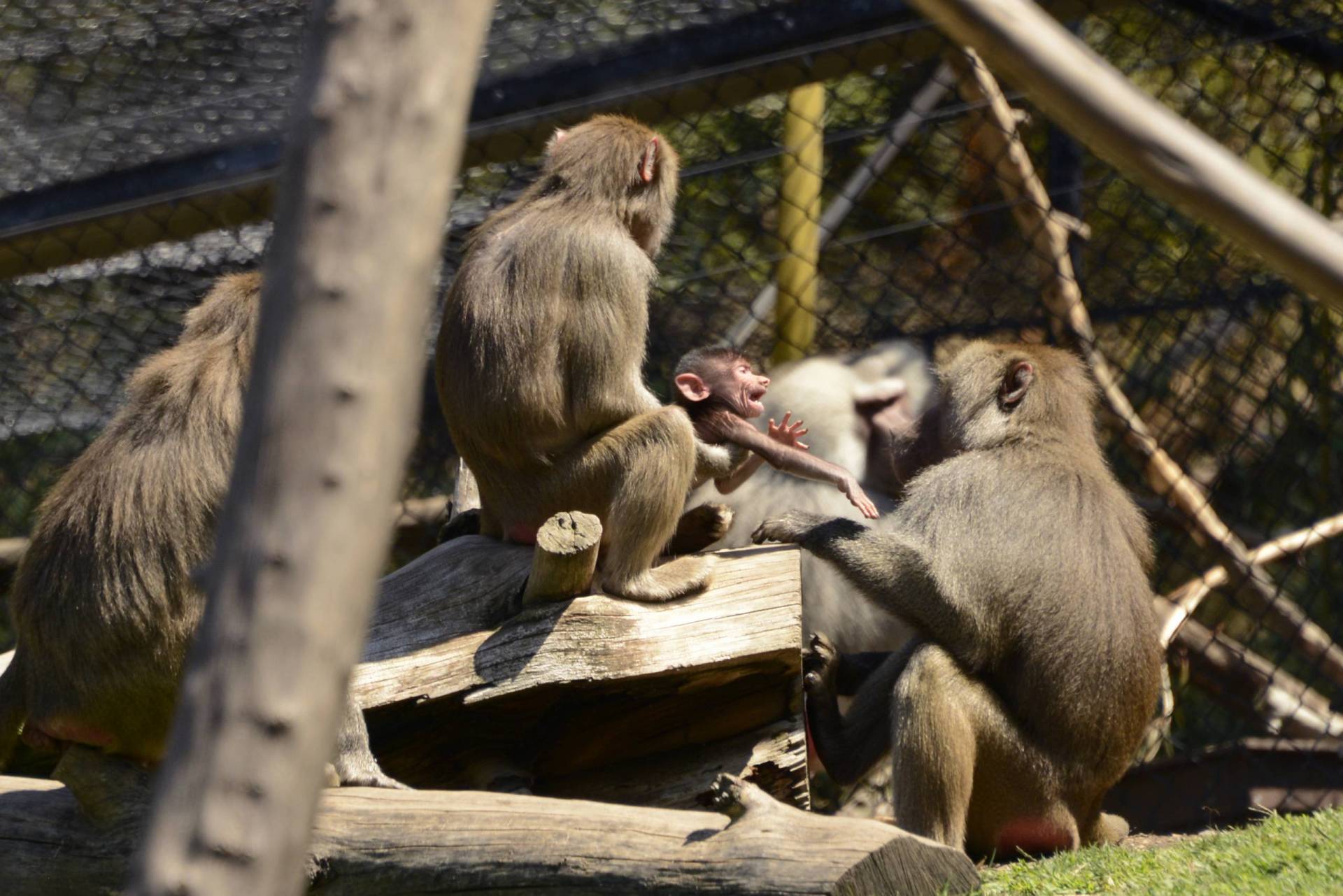
Since it closed in March, the zoo has also had some exciting new arrivals, said Dr. Joel Parrott, the zoo's president and CEO.
“We've brought in a new young giraffe. We had a baby baboon. We’ve had seven bison calves born,” he said. “Those are just some examples of the things that are new that no one has seen because they've been gone.”
The baby baboon — named Aluna — is about “80% ears,” he added.
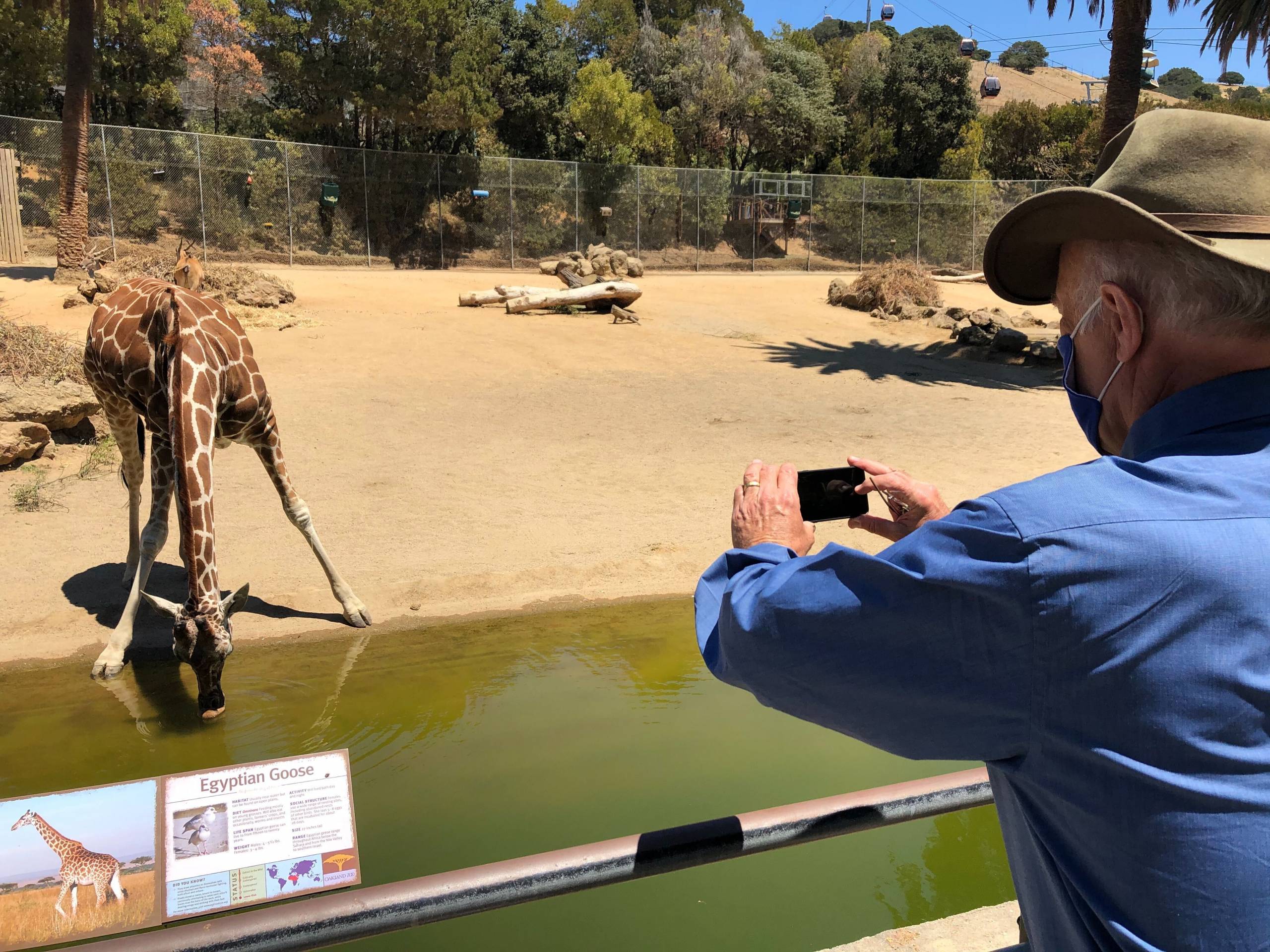
Parrott said a number of species in the zoo seemed to really notice and respond to the lack of crowds over the last four-plus months.
“The outgoing species, the really intelligent ones, tend to really like the public being around,” he said. “So the chimpanzees, the gibbons, the grizzly bears, they really notice that and they miss us when we're gone. Other species, like the eagles, probably couldn't care less one way or the other. So it really depends.”
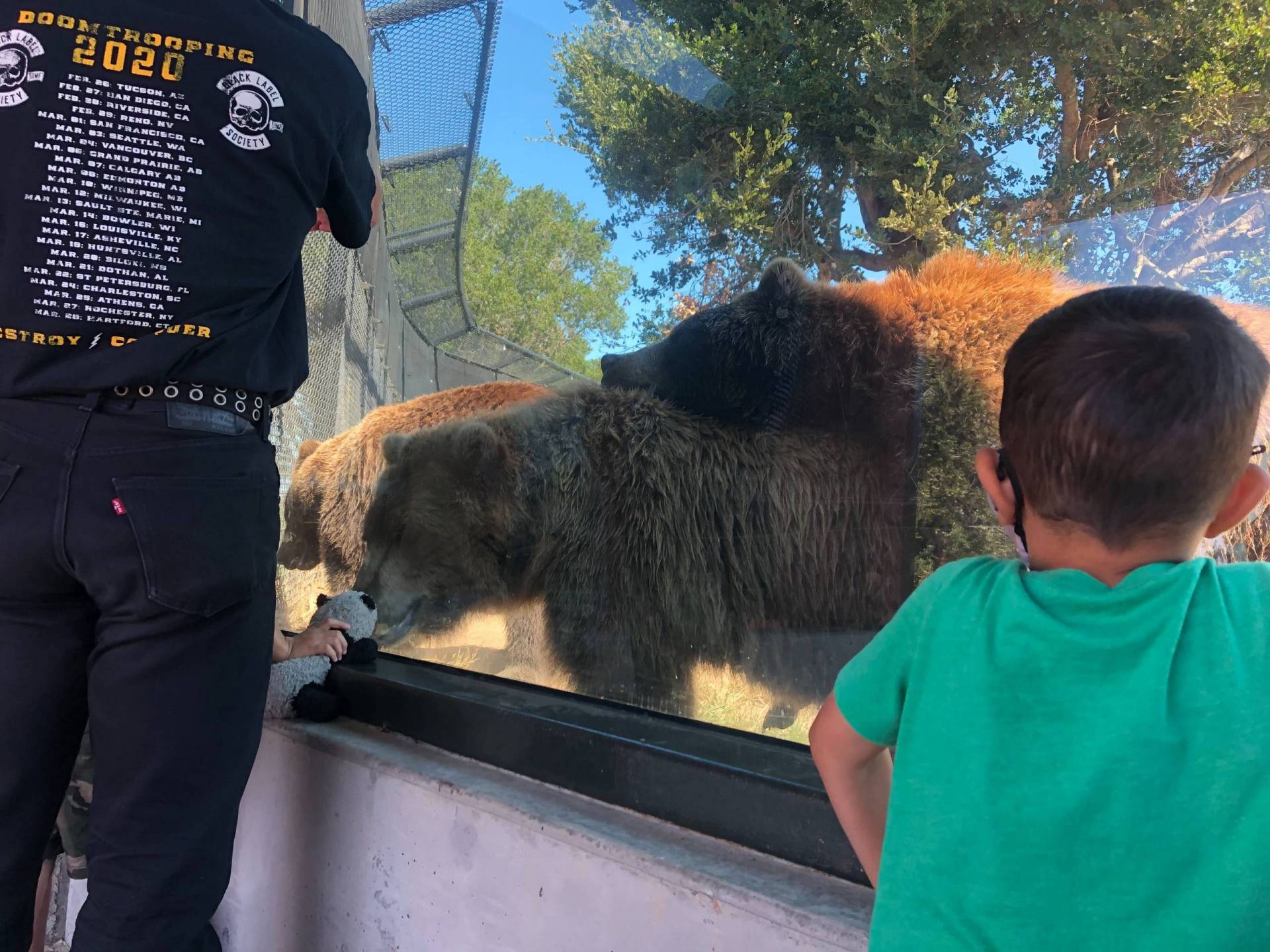
Zoo's have plenty of detractors — those who argue it's flatly inhumane to keep wild animals in confined spaces, far from their natural habitats, for the benefit of spectators.
But Parrott said he believes a visit to the zoo can increase people's appreciation of wildlife and nature, and hopefully inspire them to support conservation efforts.
“(It's) to really understand that wildlife is not pictures in a book. And it's not just a movie,” he added. “They're actually living creatures. And I think when you actually come to the zoo, you really begin to understand that.”
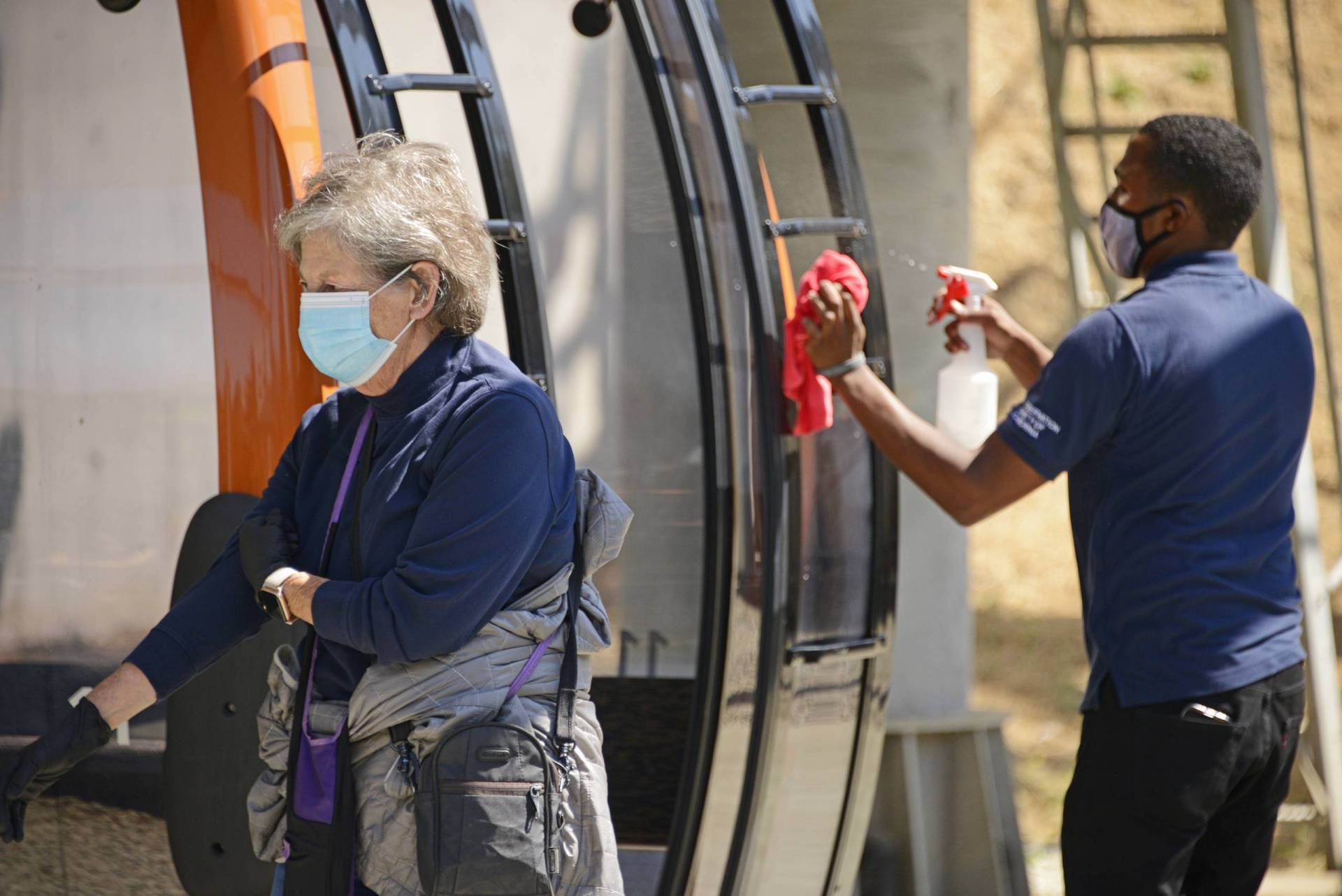
Like most of California, Alameda County is currently on the state's COVID-19 “watch list,” which requires the closure of multiple types of businesses, including zoos. The Oakland Zoo, however, worked with the county to establish strict safety protocols, and successfully applied for a “variance” — or exception — from the state, allowing it to reopen. Along with significantly reduced attendance, the zoo is requiring all visitors to wear face masks and keep at least 6-feet apart from other groups.
Food for purchase is still available, but only for curbside pickup.
Additionally, all indoor exhibits are closed (sorry reptile and bug enthusiasts) as are high-touch areas like the goat and sheep petting yard, as well as children’s play areas and rides.
But — and this is a big one — the gondola is fully operational, with staff on hand to wipe everything down after each ride.
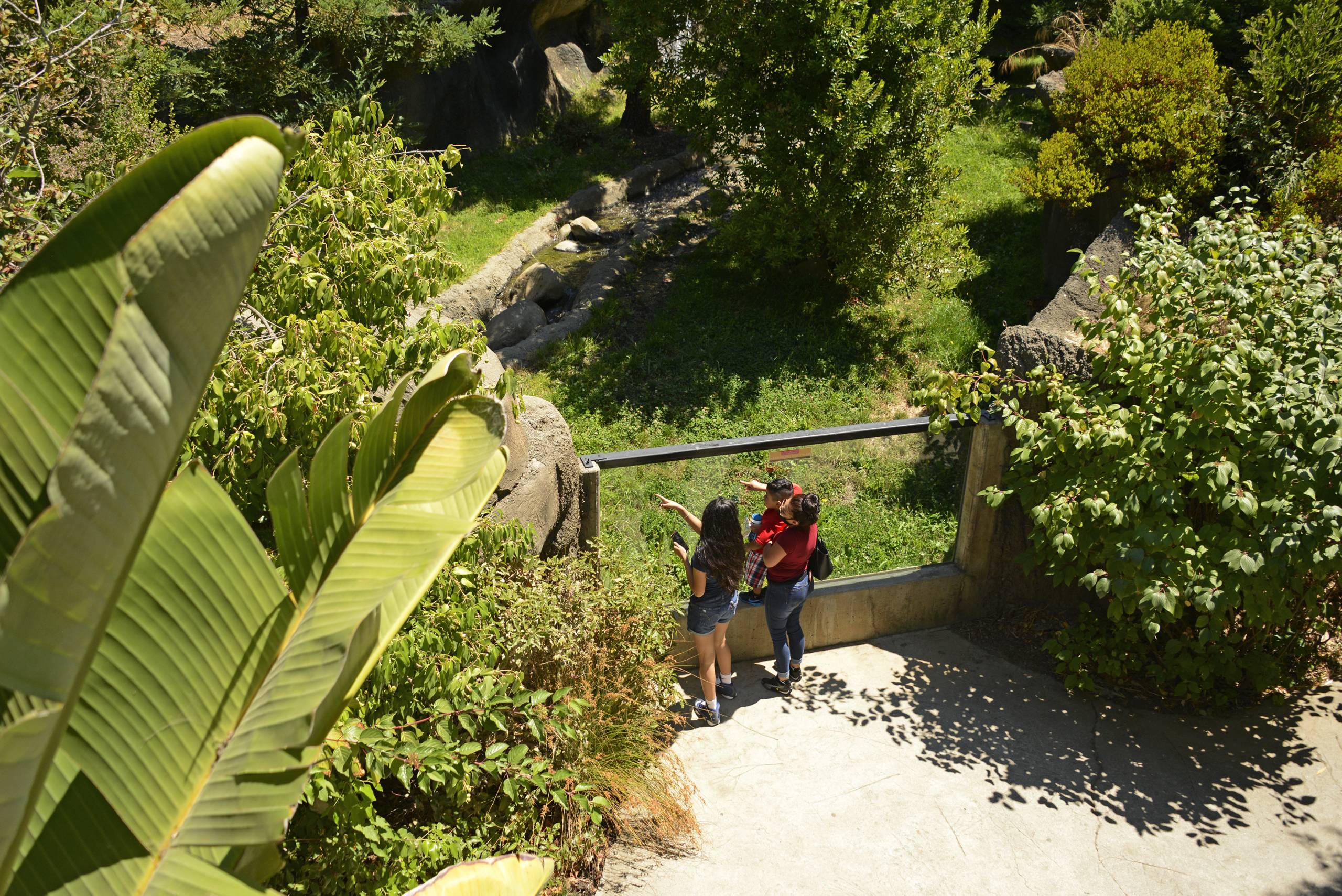
Even at the beginning of July, the Oakland Zoo's future was far from guaranteed. Zoo officials at the time said they had already used all the emergency federal funding they received and were hemorrhaging about $2 million a month.
“Because of all the media attention we got, we got an amazing amount of donations — over $2 million in donations over the last month,” Harrison said, the zoo's spokeswoman. That boost, she said, and then finally getting the OK to reopen, saved the operation from having to permanently shutter.
Nonetheless, she added, the zoo has taken a serious financial hit. “It's going to take us years to make up for all the losses,” Harrison said. “But I'm happy that we’re at least open.”
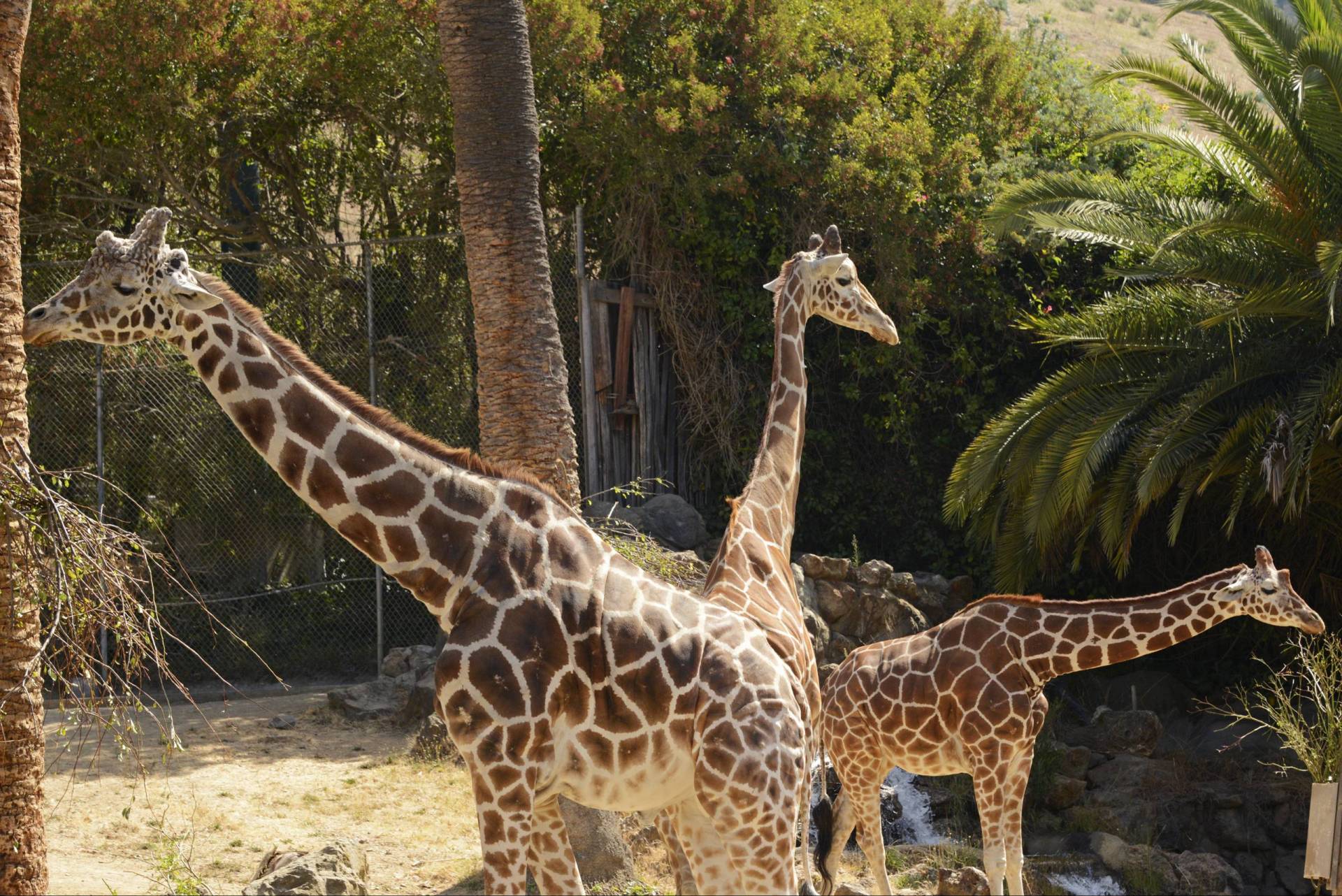
“People have been talking about how excited they are to see the elephants, grizzlies and giraffes,” Harrison said, while observing the crowd on Wednesday. “They seem to be most excited about them.”
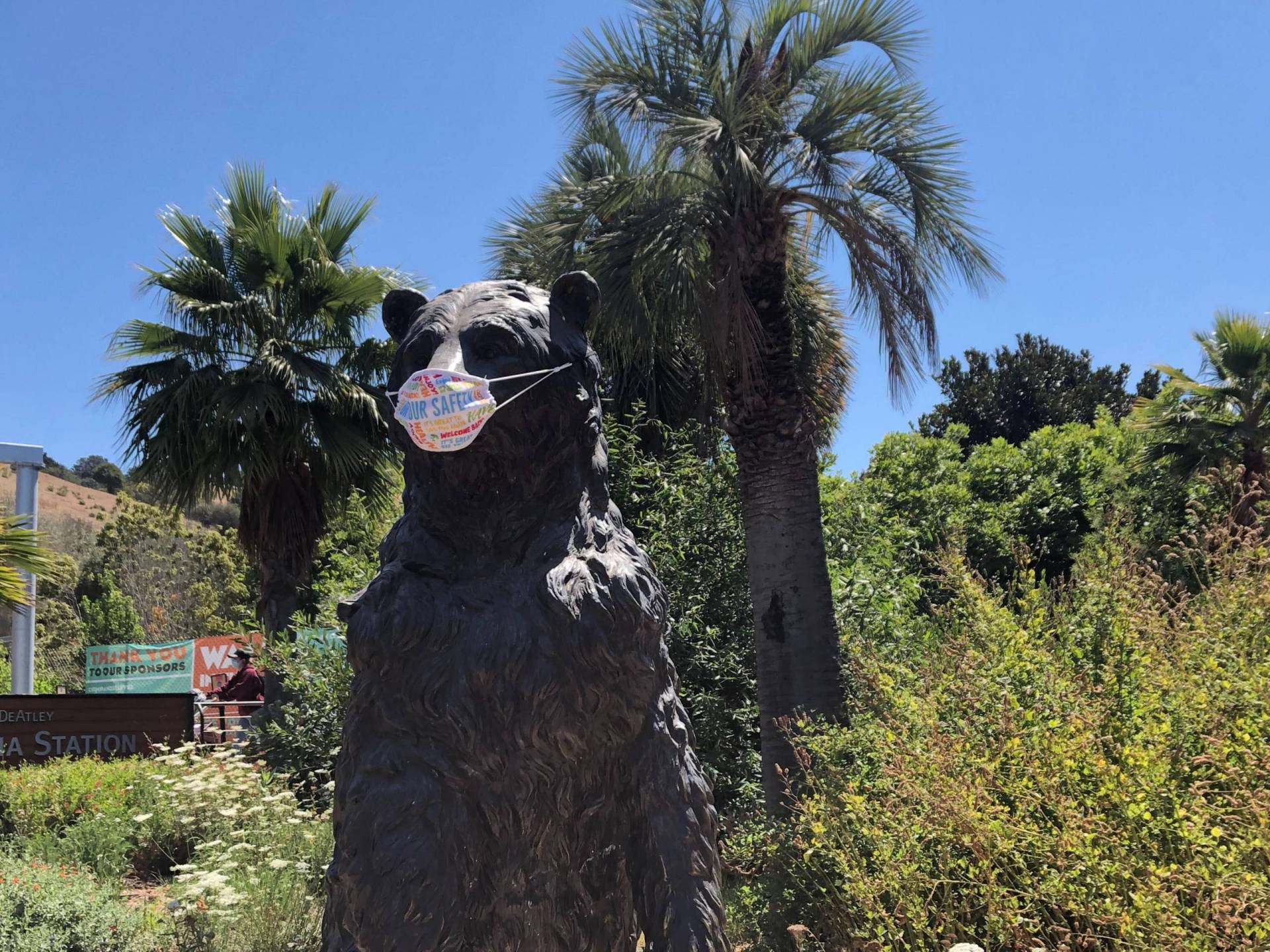
KQED's Hannah Hagemann contributed to this report.
